
For an in depth report on the Iran Deal click HERE.
Quote:
Who paid who? And how?
The settlement announced in January involved two parts: return of the $400 million principal and payment of $1.3 billion in interest.
To return the principal, the Treasury, working withthe Defense Finance and Accounting Service (DFAS) and the Federal Reserve Bank of New York, made a $400 million wire transfer from DFAS to the Swiss National Bank. The $400 million was then converted into Swiss francs and withdrawn in franc banknotes, which were transferred to Geneva. On January 17, the banknotes were disbursed to an official from the Central Bank of Iran.
The interest was paid from the Judgment Fund, which pays “court judgments and Justice Department compromise settlements of actual or imminent lawsuits against the government.” For a payment to be made by the Judgment Fund, Treasury must receive confirmation from the Attorney General that the settlement is in the United States’ best interests. According to Mary McCord, Principal Deputy Assistant Attorney General, National Security Division at the Department of Justice, “[a]ssessment of a settlement payment from the Judgment Fund includes consideration of the exposure that the United States faces from the claim proposed for settlement, … likelihood of an adverse ruling against the United States, the likely size of such an award, the background of the litigation, the tribunal, relevant legal arguments, relevant facts and governing legal doctrines.”
Since the Judgment Fund does not allow the processing of individual claims of amounts over ten digits, the agreed upon interest—$1.3 billion—was split into 13 claims of $99,999,999.99 and one claim of the remaining $10,390,236.28. These amounts were transferred from the Judgment Fund to the Dutch National Bank, where they were converted into euros and withdrawn in euro banknotes. The Dutch bank then disbursed the notes to a representative from the Central Bank of Iran.
Why was interest paid?
The 1979 MoU stipulated that the unexpended funds would be placed in an interest-bearing account. As it turns out, these funds were not based in such an account—no U.S. administration implemented that requirement. The reasons for this are not clear. Former Undersecretary of Defense for Policy Eric Edelman, who testified on this issue before the Senate, noted that the United States “does not let [FMS accounts] accrue interest.”
Still, most if not all other claims before the Iran-U.S. Claims Tribunal have incorporated compensation for accrued interest. This is consistent with the position adopted by the Treasury Department at the outset of the 1979 assets freeze, although in nearly every case the amount of the interest to be paid has been subject to some haggling between Washington and Tehran.
Obama administration officials maintain that a Tribunal decision may have resulted in a much larger judgment on the issue of accrued interest.
Why cash?
This remains the most contested aspect of the episode. In their testimonies, administration officials stated that they were not aware of specific Iranian requests for cash. Instead, they suggested post-deal difficulties in accessing the international banking system influenced their decision. Treasury Department Assistant General Counsel for Enforcement and Intelligence Paul Ahern testifiedthat “cash was the most reliable way to ensure [Iran] received the funds in a timely manner, and it was the method preferred by the relevant central banks.”
U.S. officials have also noted that the terms of the settlement stipulated immediate payment. As Backemeyer stated, “we have seen difficulties with global banks being willing to engage in these particular transactions, and this was the way, this was the mechanism that we felt we could guarantee immediate payment. And that immediate payment was critical to getting the favorable settlement that we did.”
However, several experts and former senior officials have challenged this explanation, noting that wire transfers were utilized before the January payment in a July 2015 settlement of Tribunal claims for architectural drawings and fossils, and that they have been used since for compensating Tehran for nuclear materials in April 2016.




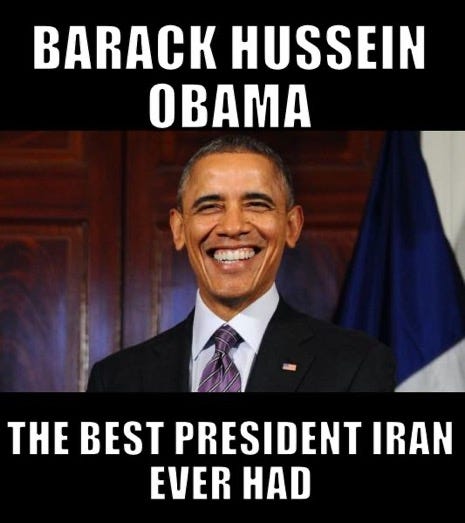


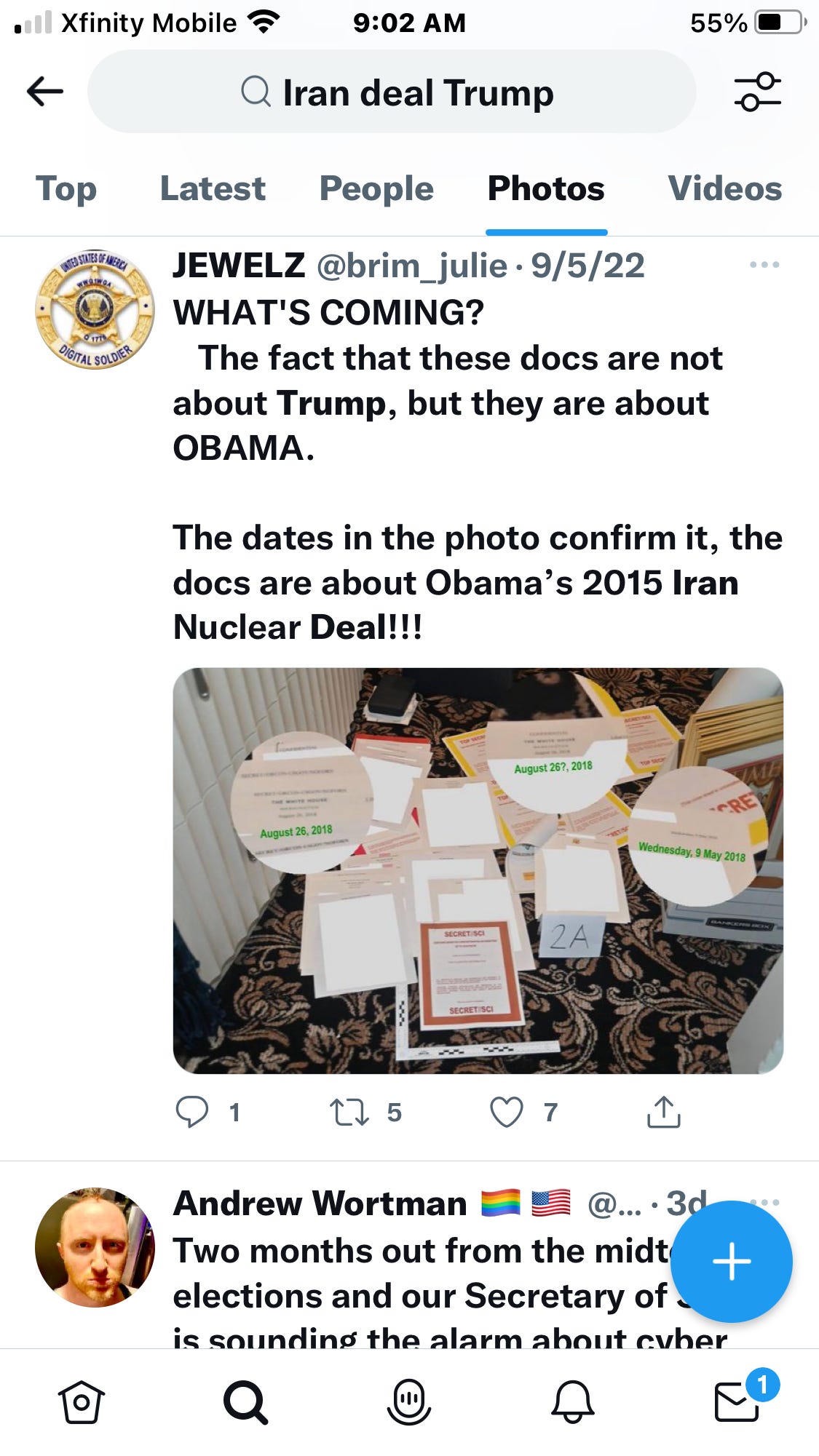

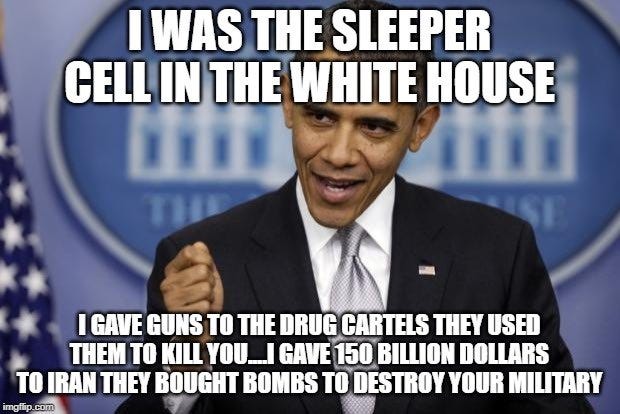
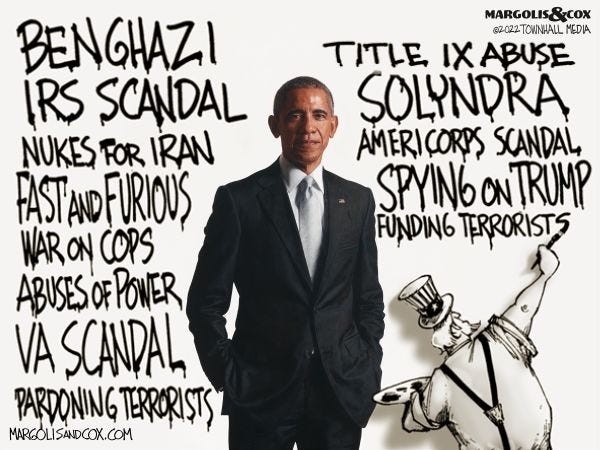

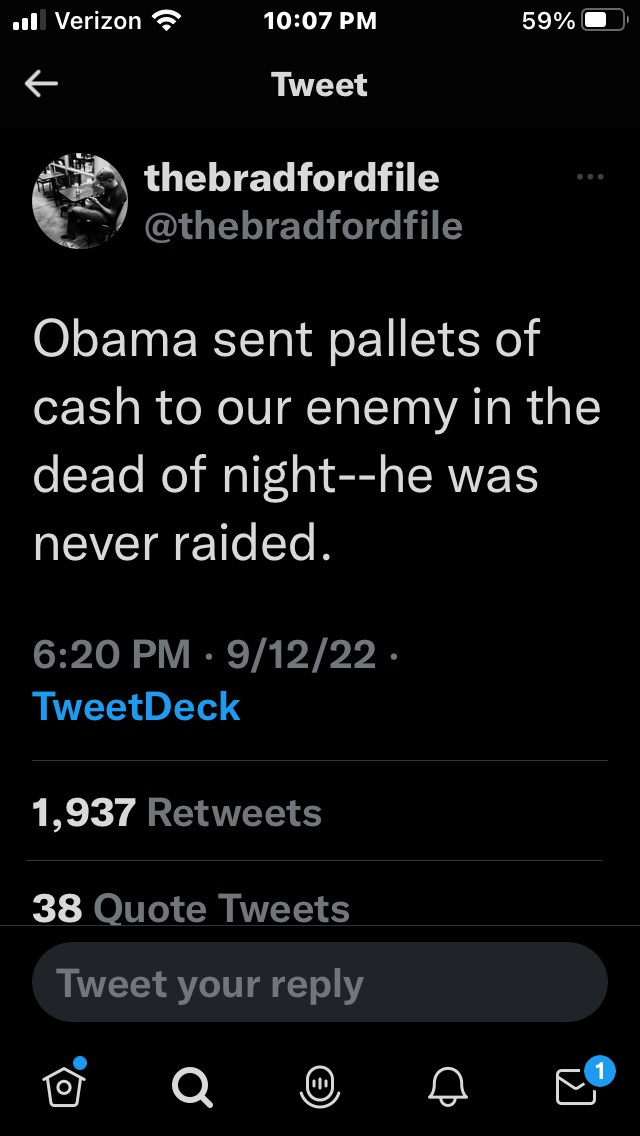

Share this post